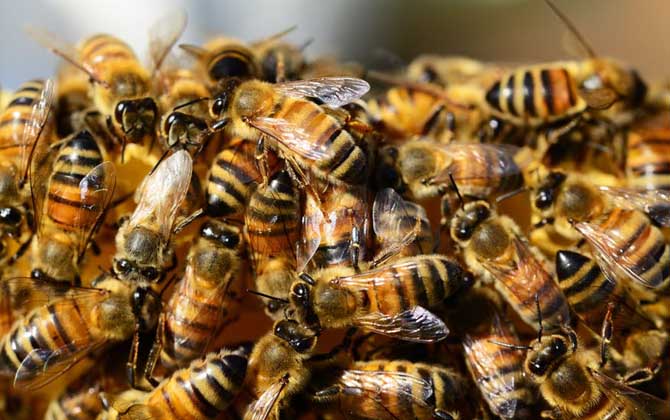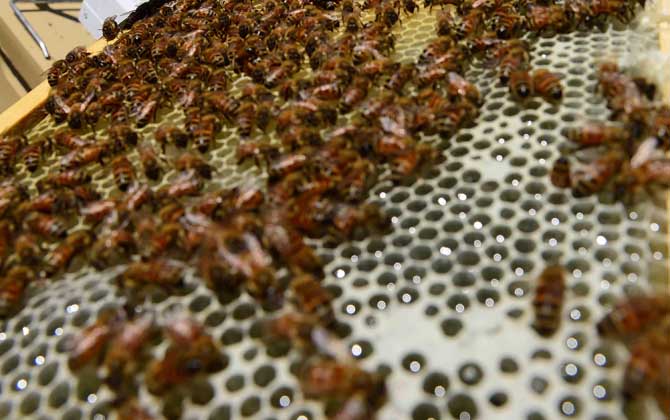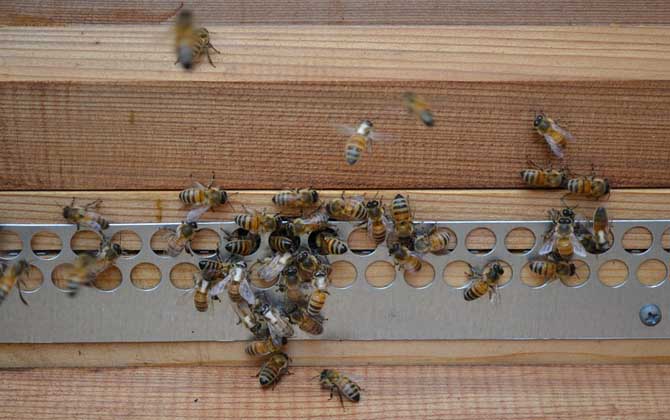Beekeeping: A Promising Agricultural Practice with Growing Potential
Introduction to Apiculture
Bees, the remarkable social insects that feed exclusively on flowers, have been celebrated throughout history for their honey-producing capabilities. While honey collection remains the primary purpose of beekeeping, modern apiculture offers multiple valuable products and plays crucial ecological roles. For aspiring beekeepers, understanding the industry’s potential is essential. Let’s explore the development prospects of apiculture through several key aspects.

1. High Market Demand for Bee Products
The apiculture industry yields various premium products that enjoy growing global popularity:
- Honey: A natural sweetener produced from flower nectar, containing antioxidants and enzymes.
- Propolis: A resinous mixture with antimicrobial properties, used in health supplements.
- Royal Jelly: A nutrient-rich secretion fed to queen larvae, valued in cosmetics and supplements.
- Other Products: Bee pollen (dietary supplement), beeswax (cosmetics), bee venom (medical applications), and edible bee brood.
Global honey market value reached $8.5 billion in 2022, projected to grow at 5.3% CAGR through 2030 (Grand View Research).

2. Environmental Conservation Synergy
Modern beekeeping aligns with ecological protection efforts:
- Requires pesticide-free environments with abundant floral resources
- Benefits from global reforestation initiatives and sustainable farming practices
- Enhances crop pollination (increasing yields by 20-30% in many cases)
- Promotes biodiversity preservation
China’s natural forest area increased by 22 million hectares between 2010-2020, creating better habitats for apiculture.

3. Technological Advancements in Apiculture
Modern solutions enhance beekeeping efficiency:
| Technology | Application |
|---|---|
| Remote Hive Monitoring | Real-time temperature/humidity tracking |
| AI-assisted Swarm Management | Predictive analysis for colony health |
| Mobile Learning Platforms | Access to global expert knowledge |
Online platforms like Beekeeping-forums.com and Apis Academy provide affordable training courses and troubleshooting resources.

4. Evolving Market Channels
The digital revolution transformed honey distribution:
- E-commerce platforms enable global reach
- Blockchain tracking ensures product authenticity
- Direct-to-consumer models through social media
- Subscription-based honey services
Key Success Factors:
– Quality certification (USDA Organic, MFDA认证)
– Transparent production processes
– Effective storytelling and brand building
Conclusion: Strategic Approach to Beekeeping
While apiculture presents significant opportunities, prudent management is crucial:
- Start small-scale (5-20 hives initially)
- Combine with existing agricultural activities
- Prioritize quality over quantity
- Develop multiple revenue streams (honey sales, pollination services, educational tours)
- Join local beekeeping associations for support
The global beekeeping equipment market alone is expected to reach $15.3 billion by 2027, indicating strong industry growth potential when approached strategically.